The art of Betsy Bauer: "Young Jedi Adventures is an interesting beast"
The artist discuses her character design, working with Disney, and communicating personality.
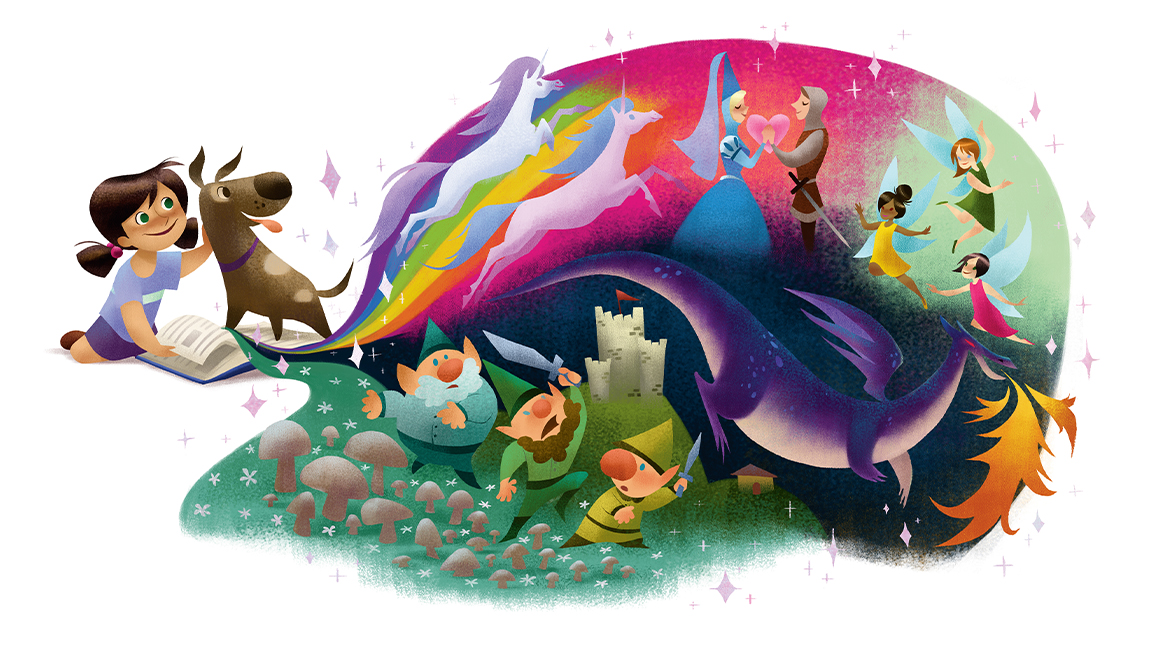
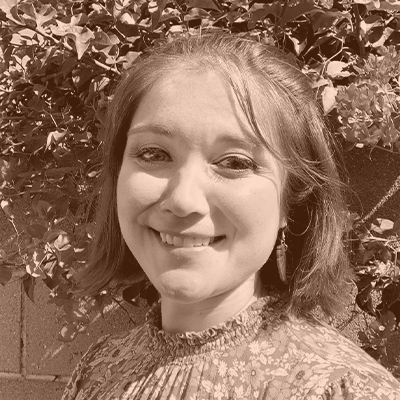
Location US
Favourite artists Enrique Fernandez, Jamie Hewlett, Mary Blair, Eyvind Earle
Media Procreate, Photoshop, pencils, watercolours
Betsy Bauer's website
Betsy Bauer likes to keep busy. When not working with Disney on Star Wars: Young Jedi Adventures, she’s teaching at the College for Creative Studies and completing work for clients such as DreamWorks, Sony and Paramount. Fortunately for us, she found time to reveal how she got into character design, and her approach to the craft.
Below I catch up with the artist and ask her everything; we discuss her approach to character design, how she adapts her style to Star Wars and other brands, and offers advice on how to follow her, and get into character art.
How did you get started, and what has your career been like so far?
"I grew up in the Midwestern US in a tiny town called Wadsworth, Ohio,
so I was very removed from the entertainment industry as a kid. I didn't know anyone who was making a living as an artist.
"But, I think like most animation artists from my generation, I was inspired by the 90s Disney renaissance, and learned from all of the 'making-of' TV specials that there were actually teams of artists who got paid to make these movies!
"I'm lucky to have had supportive parents who believed in my dream, and they helped me to find a good school to launch my career. I studied computer animation at the Ringling College of Art and Design, and since graduating in 2011 have had the privilege of working with a lot of the major studios including Disney, DreamWorks, and Nickelodeon."
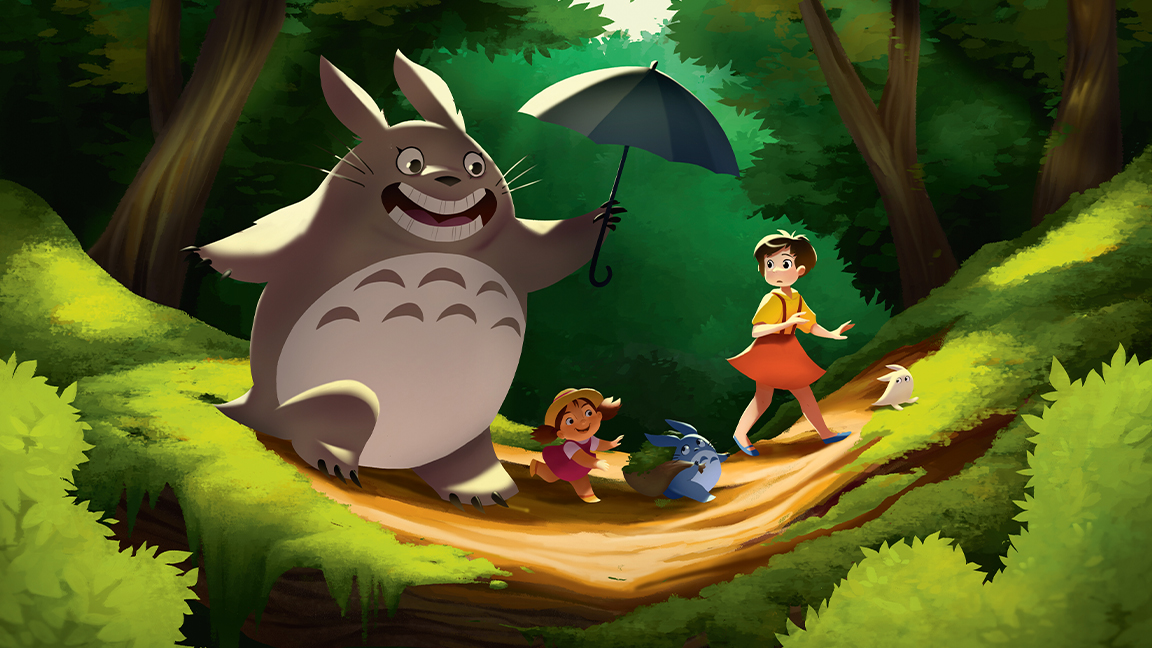
How has your art developed, and what has driven those changes?
"When I came out of school, I think I was really focused on character design. I'm still mostly thought of as a character designer, and still feel most at home when doing character design, but I wanted to round myself out as an artist to become more comfortable designing environments and keyframe illustrations to open up career growth opportunities like art directing.
"Right now, I'm thankful to be in my first leadership position on the Disney series Young Jedi Adventures, largely focusing on lighting and colour. It's been nice to be able to stretch my creative muscles by doing a number of different things over the years."
What made you want to specialise as a character designer?
"I think for many people, characters are some of the first things they start out drawing. I remember recording episodes of Pokémon on VHS and pausing the TV so I could draw the characters exactly as I saw them, and I got pretty good at mimicking style and shapes early on. Because of this, it was one of the few things I felt like I was good at when I got to art school, and naturally just wanted to pursue it because it felt easy.
"When I learned more about what it took to be a character designer for real I still enjoyed it, but found it more challenging. You have to create an appealing drawing, yes, but you also have to find visual shortcuts to tell the audience as much as you can about that character before they even speak. It's much harder than it looks, and I still have a lot to learn."
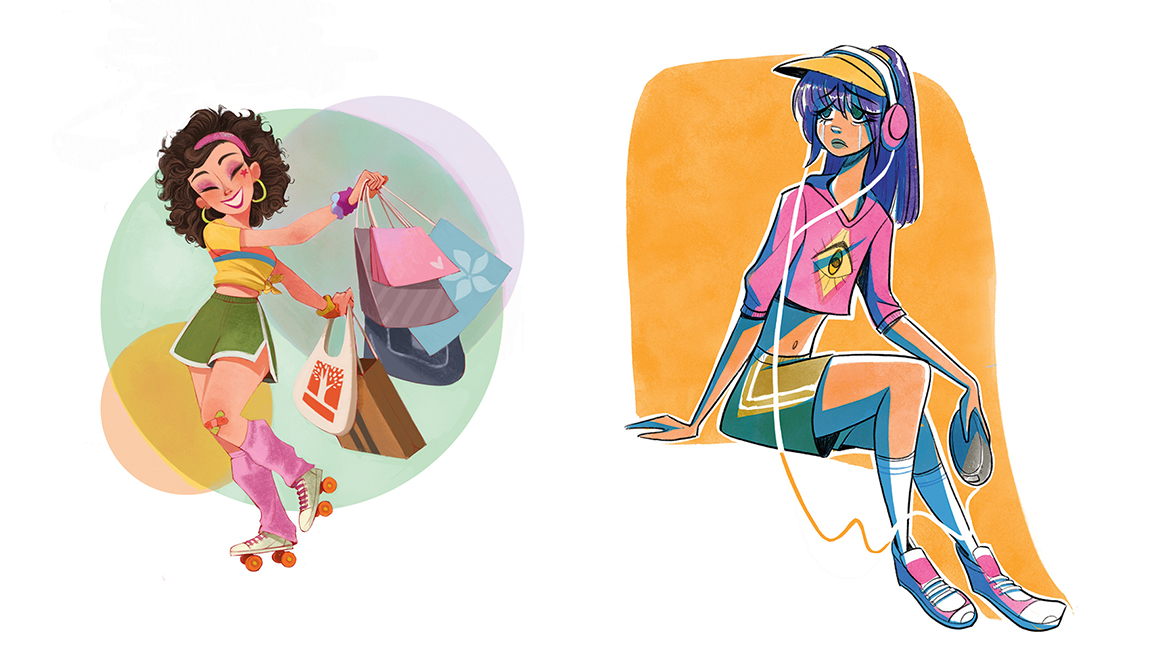
What is your approach to designing a character?
"A lot of my process depends on how much time a production gives me. If I'm on a project that will permit me to take an entire day to research, that's definitely the ideal scenario.
"I'll gather inspiring photos, find related characters, and might even cast an actor in my head who I think might be a good fit for the voice. I actually think that's a great shortcut for anyone who might be stuck on a character design: visualising the right voice actor can sometimes place a character's design into a more contained spectrum.
"Once I start drawing, sometimes I find it's helpful to do small, shape-based thumbnails, but other times I just start sketching. I do try to come up with as wide a variety as possible for my first pass, and then work with the art director to narrow the scope from there. Oftentimes the final design is a combination of several of those early variations."
How do you communicate the personality of your characters through their design?
"This is a great question, and something that’s hard to pinpoint. I think a lot of it is about putting yourself in the shoes of that character: Would this character stand this way? Would they dress this way? Make this facial expression in this way? Basically every visual choice should make sense and relate back to the character’s taste. I think the best character designs make you think, "Ah, yes, I’ve met a person like that before."
How do you retain the essence of an existing character's design while using your own style?
"Young Jedi Adventures is an interesting beast given that Star Wars is such an enormous IP, and there's a lot of pressure to do justice to the source material. In the end, it's up to Disney and Lucasfilm to give their blessing; if they think it works, it works!
"I do think staying true to individual style is a bit of a myth in the heat of a production. In the end, we’re working on the same thing, and we need to make sure the final product feels as though it’s from one voice. Most of my personal work looks a bit different from work I do for a production."
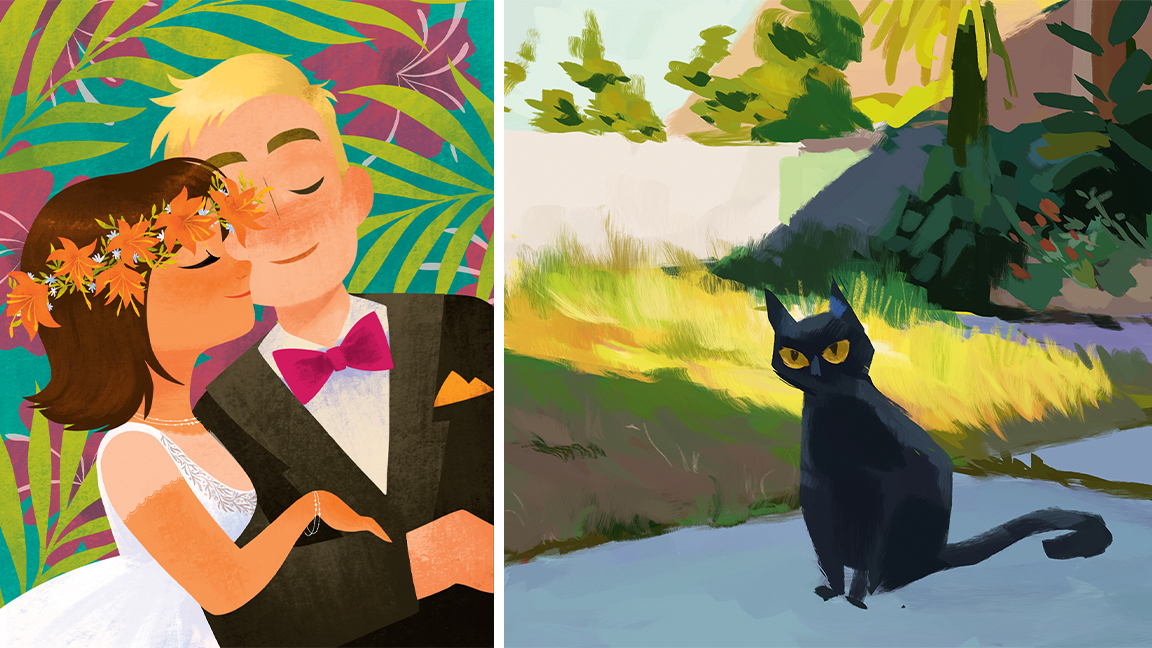
What skills should an artist look to develop or hone if they want to get into character design?
"Life drawing and caricature! Learn how to interpret gestures and create a shorthand for the figure. Learn how to exaggerate facial features and body proportions. All of those things directly translate into being a great character designer.
"I recommend getting a cheap sketchbook, an ink pen, and sitting in a cafe to draw everyone who comes in. The pen is important; it will force you to commit to choices. A lot of the drawings will be bad at first, but that's totally okay, it's how everyone grows. Get the bad drawings out to make way for the good ones."
What’s the best advice that you’ve received?
"A long time ago I super briefly worked with Shiyoon Kim on a development project at Sony, and he told me to design a character from the inside out. What he meant by that was thinking almost like an animator as you design a character; you should develop their personality, their little eccentricities and tics, before you commit to a final set of shapes for them.
"I don’t think I ever hit exactly what he was talking about, but I've thought about it a lot. It takes a character from feeling like a generic regurgitation of shapes that we’ve all seen before and adds a level of specificity. Not a person, but this person."
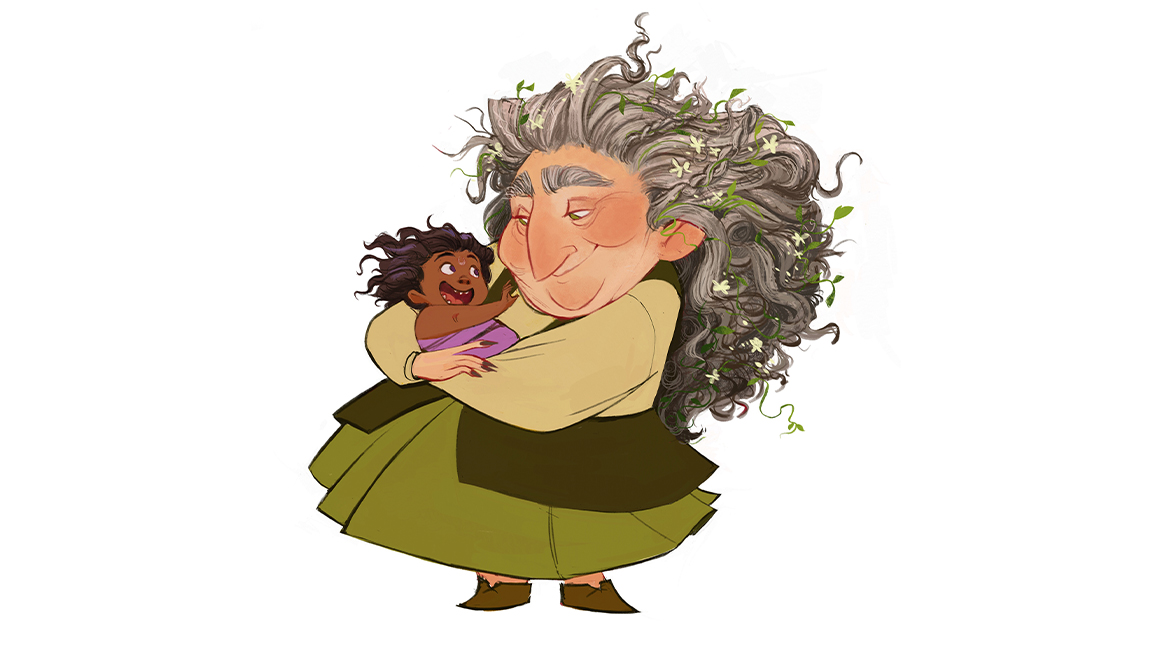
What advice would you give to aspiring character designers?
"The industry is always changing, and one person's break may not be an avenue anymore. That said, there are three main things you can do.
"First, have a strong body work. If your work isn’t ready, none of the other items in this list will matter. Second, tell people that you and your work exist. This could be through social media, submitting to job postings, or directly messaging studio recruiters and art directors. Third, make in-person connections. Conventions like LightBox Expo allow you to put a face to your name, and can help move your name to the top of hiring shortlists when studios are looking to staff up a new project. Make connections with other artists who are breaking in too; they'll become your working peer group one day.
"Finally, don't give up! If your work isn't quite ready yet but you implement the feedback you receive into your next portfolio submission, that can speak volumes about your willingness to be a team player, which is a huge part of working in animation!"
What's next for you? Do you have any exciting projects coming up?
"Right now I feel pretty tired. I'm planning to stay through the end of Young Jedi Adventures, whenever that may be, and I'm also an assistant professor at an art school called the College for Creative Studies.
"Both of those things keep me pretty busy, and any free time I happen to get right now has mostly been devoted to hanging out with my husband and two needy dogs.
"I keep telling everyone I’d love to do a graphic novel one of these days, and I have several half-finished proposals sitting in a Google Drive folder, waiting for me to return. So hopefully I'll get a window of time where I can work on one of those soon."
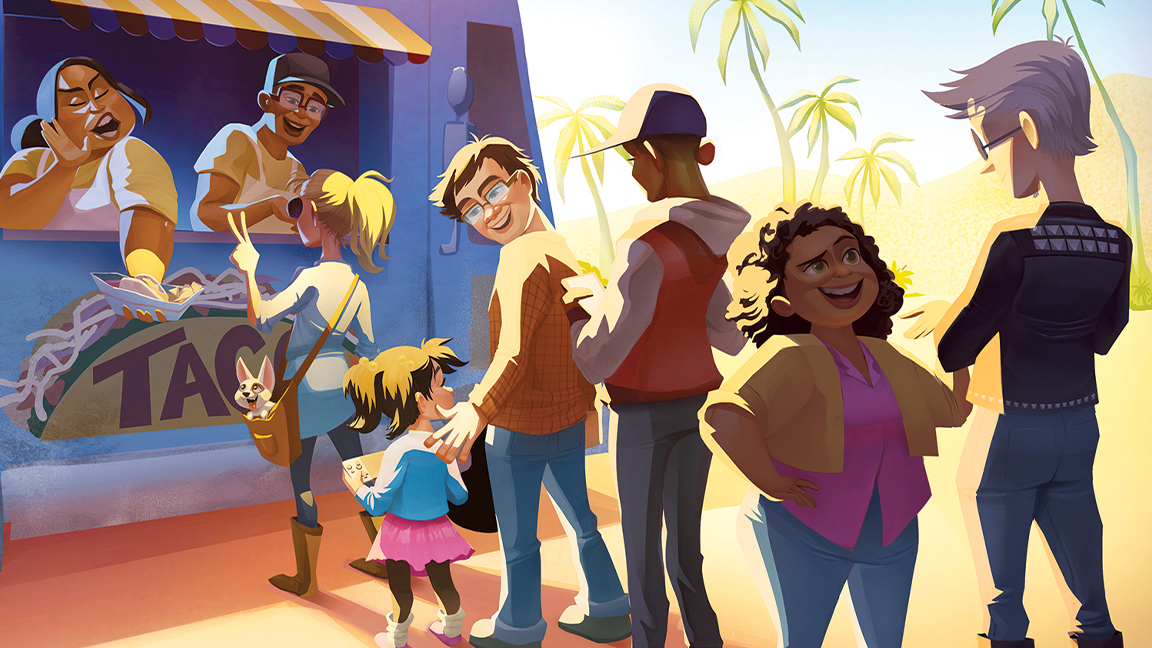
Betsy Bauer's tips for getting into character art
1. Know that there’s no timeline
Social media makes it seem like if you're not working at a studio by the time you’re 18, it’s too late. That's not true at all. If your work is good, you can break in at any time. I know plenty of people who broke in in their late 20s, 30s, and even a handful in their 40s.
2. Be adaptive
Industry tastes change, and styles come and go. What's popular now might not be in five years, so be ready to adapt.
3. Understand the basics
Build core skills over chasing a style. If you understand anatomy rather than copying an artist you'll have more longevity.
4. Be honest with yourself
Don't force yourself into a style you hate. Even if you get a job, you won't magically like doing the work and will probably burn yourself out by the end of the project.
5. Have fun!
There are ups and downs, so it's important to take time to draw for yourself and keep that creative spark alive.
This article originally appeared in Imagine FX magazine. If you liked this piece, you'll love ImagineFX. The world's favourite digital art magazine is on sale in the UK, Europe, United States, Canada, Australia and more. Limited numbers of ImagineFX print editions are available for delivery to over 120 countries from our online store (the shipping costs are included in all prices).
Get the Creative Bloq Newsletter
Daily design news, reviews, how-tos and more, as picked by the editors.

Thank you for reading 5 articles this month* Join now for unlimited access
Enjoy your first month for just £1 / $1 / €1
*Read 5 free articles per month without a subscription

Join now for unlimited access
Try first month for just £1 / $1 / €1

Dom Carter is a freelance writer who specialises in art and design. Formerly a staff writer for Creative Bloq, his work has also appeared on Creative Boom and in the pages of ImagineFX, Computer Arts, 3D World, and .net. He has been a D&AD New Blood judge, and has a particular interest in picture books.
